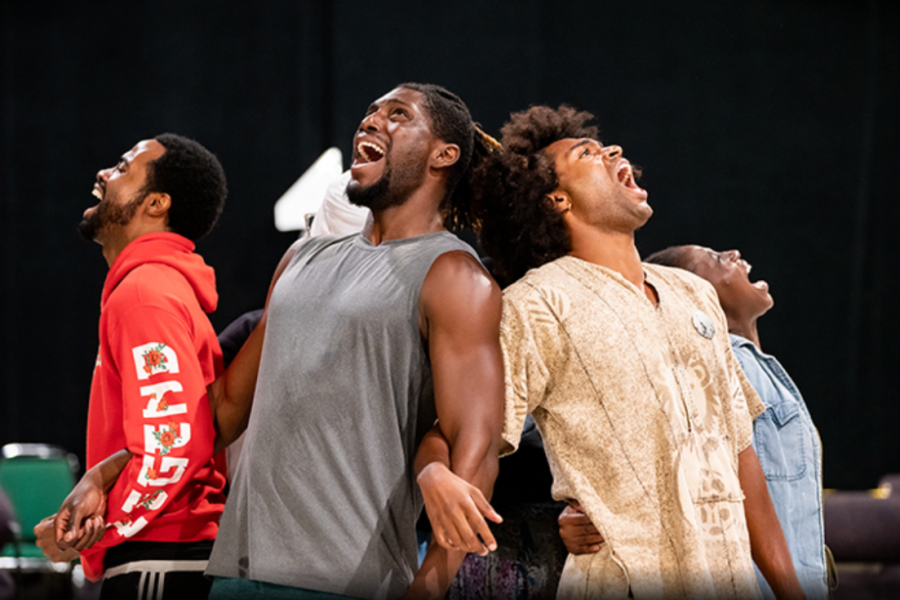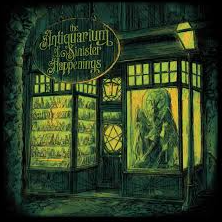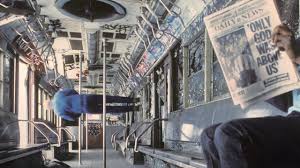The Chicago 1919 play: One of the greatest Black American plays you’ll ever see
Last Friday, the Niles North junior literature classes watched the limited-time show of the 1919 Black American play that reflected on culture, oppression, and modern-day stereotypes.
This 1919 play will soon travel to different black-box theaters inside and outside of Chicago. More details can be found about the play here.
The 1919 Black American play that premiered in a black-box theater in Chicago was certainly a great experience of what it’s like to watch a live play again, after so long. It reminded me of the live and involving feeling you get when you watch a live theater performance.
This play was put together by a teenager, as the cast says themselves. They walked off and on the stage from time to time to make the audience feel like they played a role in it as well; The main character (who wasn’t named) was a young teenage girl who lived with five other individuals: the professor, the sh*t-talker, the mother, and two others.
These characters reenacted slavery, such as cotton-picking labor and obeying their masters like servants, how White people influenced internal and external racism in 1919, the death and mourning process of Eugene Williams, the heartbreaking story of Emmett Till, and author Eve L. Ewing’s 1919, Poems, in which the play referenced to a majority of the time. She made an entire poem based on Emmett Till, called I saw Emmett Till this week at the grocery store, which was an informal feature in the play.
They also recited the cruel details of reports of unjustified murders of general brutality against Black Americans, such as Emmett Till, which the play revolved around as well.
There were times of comedy, cruelty, lesson, teamwork, and of so much more that people may not know about modern-day black oppression. The way it was depicted was excellent, as the stage was mainly covered in glowy wine bottles, representing the Black spiritual ancestors of the Americans, which was how they represented their culture in this play. I truly enjoyed the comedy in the beginning, the acts and reenacts in the middle, and the finale at the end. The actors flourished the identity of each of their characters and hadn’t made one mistake whilst performing, or at least not that I’d acknowledged.
“I think the play was fantastic,” junior and classmate Curtis Lok said. “I was impressed by the actors who participated in the play because they memorized the long script and they only practiced for a month.”
The team worked very hard on this project produced by director and actress J. Nicole Brooks. Overall, I’d certainly recommend this play to anyone, giving it a five out of five. It was a masterpiece throughout and managed to keep its audience involved the entire way through.

Grace is a Junior at Niles North. She joined NSN after a spark of interest in journalism as a future career and writing as her favorite hobby.







